Description
Sorghum belongs to the grass family Poaceae. It’s small, round, and usually white or pale yellow — though some varieties are red, brown, black, or purple. Sorghum is the fifth most produced cereal crop in the world. It’s rich in natural nutrients and easy to add to your diet, but its merits don’t stop there, it’s also widely used as animal feed, and as a natural and cost-effective fuel source.
You can cook this grain like quinoa or rice, mill it into flour, or pop it like popcorn. It’s also converted into a syrup that’s used to sweeten many processed foods. There are a lot of health benefits to eating whole grains like sorghum.
Onyx sorghum is a newer variety developed by researchers at Texas A&M University. The composition is related to ancient black and high-tannin sorghum varieties, and it’s designed to be super high in antioxidants. These types of sorghum are used in recipes:
- Whole grain sorghum includes the entire grain, with all three parts — the bran, endosperm, and germ — intact. You can boil or steam the whole grain and add it to salads, side dishes, and pilafs.
- Pearled grain sorghum is stripped of its bran and some of its germ. It’s softer than the whole grain variety, and it goes well in soups.
- Sorghum syrup comes from the stalks of sweet sorghum. It’s a natural sweetener for baked goods and other desserts.
- Popped sorghum is smaller, sweeter, and more nutrient-dense than popcorn. It also has fewer calories and less fat. But like popcorn, you can pop it in the microwave or on the stove.
Sorghum is rich in a variety of nutrients, including B vitamins, which play an essential role in metabolism, nerve cell development, and healthy hair and skin.
It’s also a rich source of magnesium, a mineral that’s important for bone formation, heart health, and over 600 biochemical reactions in your body, such as energy production and protein metabolism. In addition, sorghum is high in antioxidants like flavonoids, phenolic acids, and tannins. Eating a diet rich in these antioxidants can lower oxidative stress and inflammation in your body.
What’s more, half a cup of sorghum provides more than 7 grams of fiber, which is about 25% of the recommended daily fiber intake). A diet rich in fiber helps to manage weight, lower cholesterol, stabilize blood sugar levels, and prevent constipation.

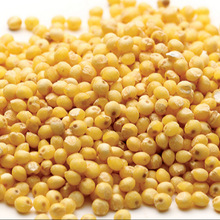
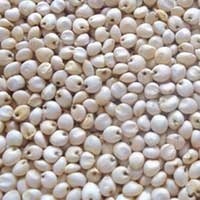

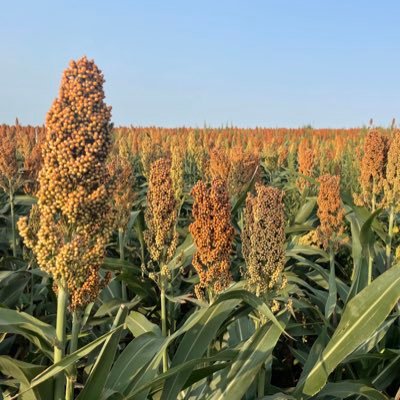
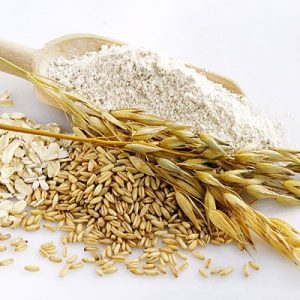
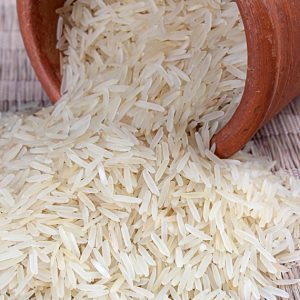
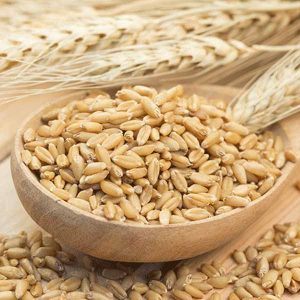

Reviews
There are no reviews yet.